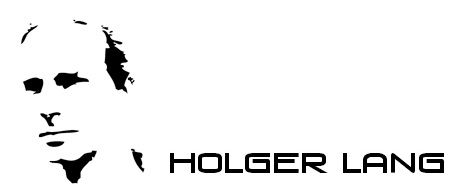When I was first asked in 1994 if I would like to travel to the USA to teach a class called “alternative media” at the Art Department of Webster University in St.Louis I was surprised and excited. Working as a teacher had not been a part of my plan for life and I could not look back on much experience in this field. When I was then asked to present an artist’s lecture to introduce myself to students and faculty several months before starting my class I had never seen an artists lecture nor had I ever prepared one, so starting my first steps into teaching I prepared a multimedia performance that contained aspects of the complexity and multi-layered nature of my work. This approach to a lecture was successful and encouraged me to look for a similar approach to my teaching: I would not try to find out a common recipe for an art class but would create an interesting environment for students to work and finish a project, to get engaged and interested in the subject, to learn and develop. Starting to teach I relied on my instinct and again could feel successful when my students gained knowledge, found new ideas and viewpoints, had exciting and surprising experiences and expressed how they enjoyed my class.
Since then much time and much learning has passed, students learning and also me learning, learning about my own teaching. The areas of my teaching have expanded, both in content and geography but I also stayed with what I had started with. Now I have a concept and a reason for what and how I am teaching, now I have experience and structure, routine and a plan. Sometimes this makes the teaching harder as the instinct is less in charge these days, but overall my teaching has developed to a professional level. The number of students and classes that I teach has steadily increased and this created a more demanding, more complicated and sometimes even more stressful situation, but I can also say that the core concept for my teaching could get more refined and cultivated.
If I establish a situation in which a student can create and produce in a practical process, a situation where exercises and projects are designed in a way that challenges a student’s creativity and fantasy, this student will start to search for new directions, new ideas and her or his own way to solve a situation. The outcome of this work is not as important for me as the process of creation is. By providing theoretical, technical and conceptual information students learn about the tools and skills that help their practical work. Through this work they will then also learn on abstract and emotional levels.
This combination of providing the intellectual background and the possibilities for practical applications is creating a situation that allows involvement and personal growth. Most students accept this offer and use this stimulating environment for further investigative efforts. Then the results of my teaching are not just the finished pieces of work and not just the theory that students learned. I feel successful and effective if I can guide and help students to learn through doing, trough practical work and personal involvement in creation. If students are proud about their own development in one of my classes or if my classes encourage students to stride out beyond personal parameters while gaining knowledge and experience I feel motivated to continue working as a teacher.

